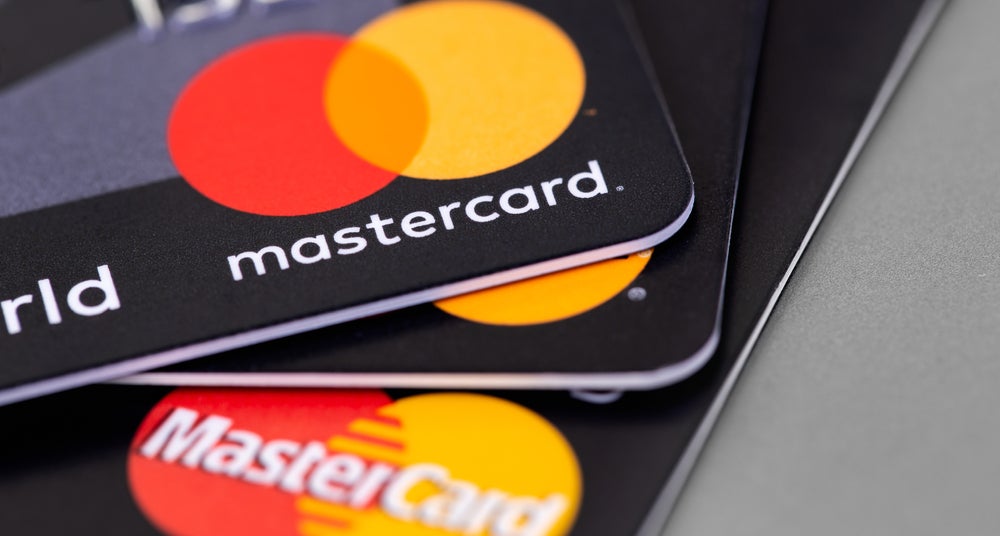Recovery is still the name of the game in Slovenia but banks are confident that the card market is poised to rise. EPI investigates whether the country’s card market will enter growth over the next few years and what we can expect when it does
The Slovenian card payments channel declined during the review period mainly on account of the recession that has crippled the country’s economy. The government took a series of steps such as offering stimulus packages to banks in December 2008 and February 2009 to improve lending to priority sectors.
Measures taken by banks to encourage card use
All major banks in Slovenia are adopting new strategies to increase card penetration, and are also focusing particularly on niche segments such as young consumers, sole proprietors, professionals and small and medium-sized enterprises (SMEs). Banks are also increasingly making use of social networking sites such as Facebook and YouTube to reach their target audiences. With regard to serving SMEs, banks are appointing relationship managers and expert consultants to involve themselves at all levels of business growth and help SMEs improve their businesses. Banks are also in a position to cross-sell their card products by offering loans through the cards. For young individuals banks are conducting programs such as ‘evenings in the bank’ to promote financial awareness, while for low-income individuals and senior citizens, banks such as SKB are offering Visa and MasterCard cards combined with insurance.
Growth in online and conventional retailing resulting in enhanced card use
Growth in internet penetration has resulted in increased online retail sales in the country, and the number of Slovenian enterprises making purchases online was above the EU average in 2012. While 17% of Slovenian enterprises made online purchases, the EU average was 16%. Likewise, the turnover achieved through e-commerce by Slovenian enterprises during 2012 increased from the previous year to reach 13%. Conventional retail sales also grew from EUR11.5bn (US$15.1bn) in 2010 to EUR12.3bn by the end of 2011. To benefit from the growth in online and conventional retailing, banks are increasingly expanding their merchant and point-of-sale (POS) networks, as well as improving their internet banking infrastructure.
How well do you really know your competitors?
Access the most comprehensive Company Profiles on the market, powered by GlobalData. Save hours of research. Gain competitive edge.

Thank you!
Your download email will arrive shortly
Not ready to buy yet? Download a free sample
We are confident about the unique quality of our Company Profiles. However, we want you to make the most beneficial decision for your business, so we offer a free sample that you can download by submitting the below form
By GlobalDataAdoption of secure payment technology to drive card-based transactions
To offer more security to card users and enable them to conduct more online and offline transactions, several banks in the country have taken steps to offer enhanced security features in cards. Several banks in Slovenia are offering cards with the inclusion of chip-and-PIN technology. Similarly, to conduct secure online transactions, banks have started to offer the 3D-Secure service to cardholders. With the adoption of advanced security features, the use of debit and credit cards is expected to rise over the forecast period.
Growth in young and economically active population to drive the demand for cards
Banks are offering tailor-made products to drive adoption and increasingly target the young population. The younger generation is a considerable and growing target segment: according to the US Census Bureau, there were 346,643 people aged between 15-29 years, representing 17.3% of the country’s total population in 2012. Similarly, the percentage of economically active people in comparison to the overall population stood at a healthy 86.6% in 2012, and is projected to increase to 86.7% by the end of 2017. To attract the younger population and working people, banks are offering debit and credit cards with special discounts and privileges.







